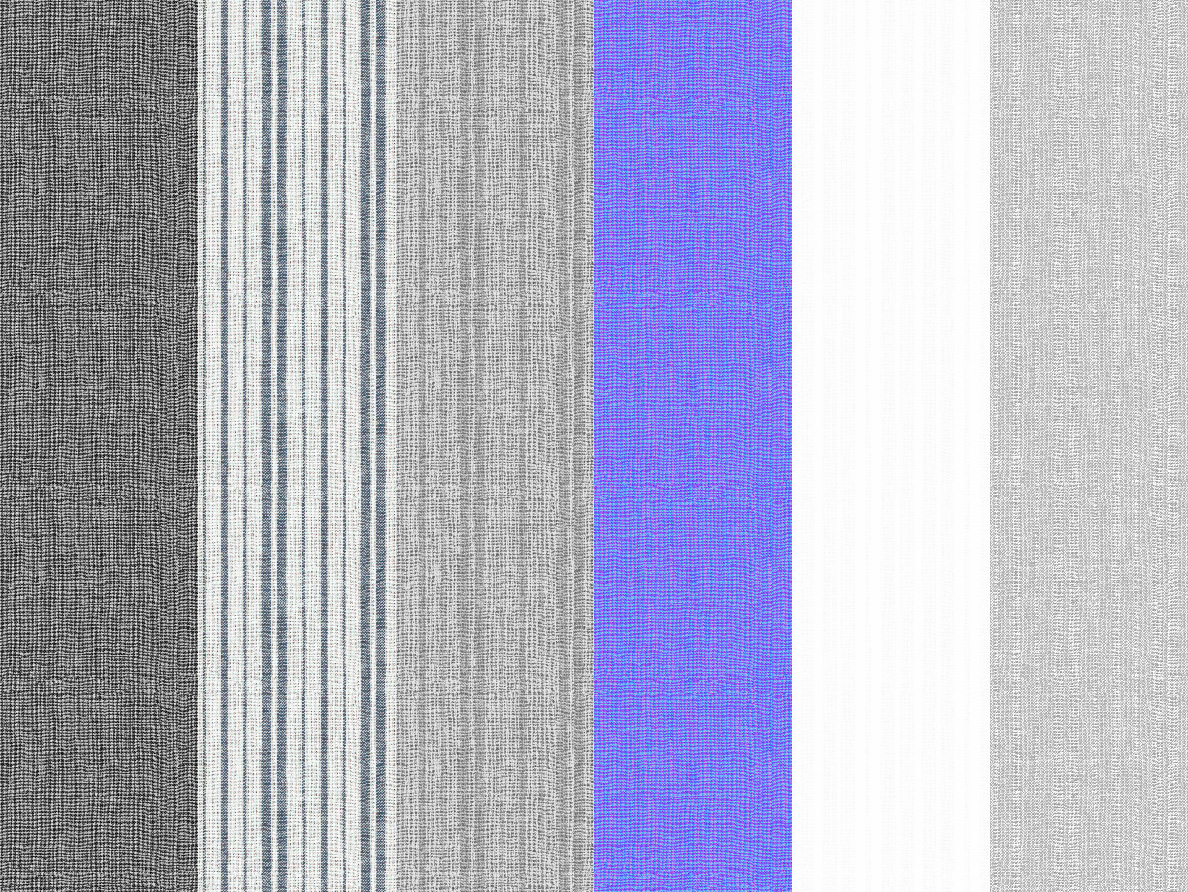Exploring the Intricacies of Texture Maps in 3D Models
In the realms of computer graphics and digital product creation, texture maps have carved out a pivotal role, especially when it comes to enhancing the visual appeal of 3D models. Texture maps, which are used by 3D artists, are pivotal in adding a layer of texture space realism to the virtual world, ensuring that the 3D models exhibit a closer resemblance to real-world objects.
The application of texture maps extends to various types of 3D models, each requiring a unique approach to texture mapping to ensure that the textures adhere seamlessly to the contours and features of each model. This meticulous process of applying texture maps to 3D models is not merely about aesthetic enhancement—texture mapping is also about ensuring that the models interact with light in a realistic manner, mimicking the way objects in the real world reflect, absorb, and refract light.
What You’ll Learn
- Texture Maps as a Pillar of Realism: The strategic application of various texture maps, including normal, opacity, and specular maps, significantly enhances the realism of 3D models by dictating how they interact with light.
- PBR Texture Maps: Employing PBR texturing methodologies, which utilize a range of maps, ensures that 3D models are rendered in a way that closely mimics real-world physical properties and light interactions.
- Depth and Detail with Ambient Occlusion and Displacement Maps: Utilizing ambient occlusion and displacement maps adds depth and tangible detail to 3D models, enhancing the realism and three-dimensionality of the rendered graphics.
- Control with Color and Specular Maps: Color and specular maps provide artists with control over the intrinsic visual properties and light interactions of 3D models, ensuring accurate representation of various materials and finishes.
Normal Maps: Enhancing Surface Detail Without Compromising Efficiency
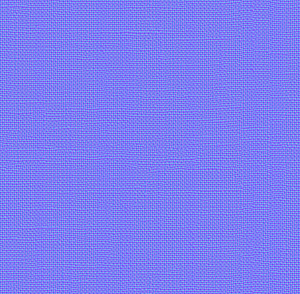
Normal maps have become a staple in the toolkit of 3D artists, particularly due to their ability to simulate high-detail surfaces without utilizing excessive computational resources. Unlike bump maps, modern normal maps can utilize RGB values to create a detailed lighting model, effectively simulating the intricate variations on a surface. This not only enhances the visual depth of the 3D model but also ensures that the surface details are rendered with a higher degree of accuracy than bump mapping, especially when light interacts with the model.
Opacity Maps: Navigating the Challenges of Rendering Transparent Materials

Rendering transparent materials, especially in both real-time rendering and in-time applications, poses a unique set of challenges. Opacity maps offer a solution, providing artists with a tool to control the opacity map transparency of different parts of a 3D model. This is particularly crucial when dealing with models that incorporate a range of materials, from opaque to translucent, all of which need to be rendered accurately to maintain a level of realism in the 3D environment.
Metalness and Specular Maps: Reflecting the Real World in 3D Environments
In the pursuit of photorealistic graphics, understanding and replicating how different materials interact with light is highly important. Metalness maps and specular reflection maps both are instrumental in this aspect, allowing artists to define the metallic and reflective properties of 3D models, respectively. While metalness maps define which parts of a model surface will exhibit metallic properties, specular refraction maps control the intensity and color of reflections, ensuring that light interacts with different surfaces in a manner consistent with the real world.
PBR Texturing: A Leap Towards Photorealistic Rendering
Physically Based Rendering (PBR) has revolutionized the realm of 3D modeling and rendering, offering a methodology to render modern graphics that seeks to mimic the physical properties of materials and how they interact with light in the real world. PBR employs a variety of maps, including a roughness map, an albedo map, and metalness, to render graphics that exhibit a higher degree of realism and accuracy in their visual representation.
Ambient Occlusion: Crafting Depth and Realism
Ambient occlusion plays a subtle yet impactful role in 3D rendering, enhancing shadows, texture filtering and depth to create a more three-dimensional and realistic appearance. It simulates the soft shadows and scattered light that occur in cracks, corners, and crevices, adding a level of depth to texture mapping, and realism to 3D models, by providing a pseudo-global illumination effect.
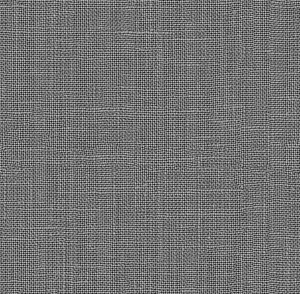
Displacement Maps: Adding Genuine Depth to Surfaces
While normal maps offer a way to fake the lighting on a surface, displacement maps take it a step further by actually altering the surface geometry of 3D models. This ensures that the physical depth and detail are genuinely represented in a metal map, especially when the model is viewed from different angles, providing a tangible authenticity to the physical based rendering of the texture populating the 3D model’s surface.
Color Maps: Breathing Life into Models
Color maps, or albedo maps, are fundamental in defining the intrinsic color, texture coordinates, and pattern of a 3D model. They serve as the base layer upon which other maps, such as the height map, the opacity map, the normal map, or specular maps are applied, ensuring that the 3D models are not just structurally, but also visually, representative of their real-world counterparts.
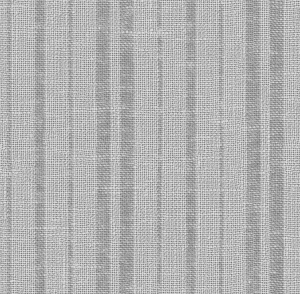
Specular Maps: Manipulating the Play of Light
Specular maps are pivotal in controlling how light plays across the surface of 3D models, defining flat light images, and which parts of different texture maps in the model are glossy or matte. This nuanced control over how light interacts with different parts of the texture application of a model is crucial in simulating a variety of materials and finishes accurately.
The Subtle Art of Specular Maps in 3D Rendering
Navigating through the complex world of 3D rendering, specular maps emerge as an important tool in an artist’s arsenal, providing the ability to manipulate how light interacts with the surfaces of 3D models. These maps, imperative in defining the shininess and reflectivity of objects, enable artists to simulate a myriad of materials, from the lustrous sheen of polished metal, to the subtle reflections in aged wood. By controlling how light interacts with surfaces, specular maps not only enhance the visual appeal but also contribute significantly to the realism of 3D environments, ensuring that objects exhibit believable light interactions consistent with their material properties.
Displacement Maps: Beyond Surface Illusions
Displacement maps offer a tangible depth to 3D models, altering the actual geometry of surfaces to create genuine, visible detail. Unlike normal maps, which only simulate surface details by repeating textures and altering lighting and shading, displacement maps create a real-time, three-dimensional detail on the surface of 3D models. This ensures that the models exhibit true-to-life depth and detail, especially when viewed from various angles, thereby enhancing the visual authenticity and complexity of 3D scenes.
Reflection Maps: Mirroring Reality in Virtual Worlds
In the pursuit of photorealism, reflection maps serve as a key element, dictating how environments and objects are reflected on the surfaces of 3D models. This is because the reflection map is particularly crucial in simulating materials like glass, metal, and water, where reflections play a pivotal role in conveying material properties and enhancing realism. Reflection maps ensure that 3D models not only interact with direct light but also incorporate the surrounding environment into their visual presentation, thereby grounding them more firmly within their virtual worlds.
Metalness Maps: Simulating the Sheen and Luster of Metals
Metalness maps, a core component in PBR texturing, define which parts of a 3D model are metallic and which are non-metallic, thereby influencing how light interacts with different parts of the model. This binary approach to metalness map and the reflection metalness map by defining metallic versus non-metallic areas ensures that light reflects off metallic areas in a way that simulates real-world metallic surfaces, contributing to the visual accuracy and realism of 3D models.
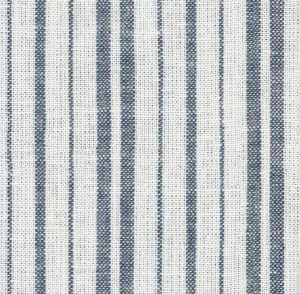
Albedo Maps: Defining the Inherent Color and Texture of 3D Models
Albedo texture maps, often synonymous with diffuse maps, define the inherent color and texture of 3D models, devoid of any shadows or highlights. They serve as the base color for the diffuse color map being used, ensuring that the models exhibit realistic color properties under different lighting conditions. Albedo maps also serve as the base upon which other texture maps are layered. Albedo maps and diffuse mapping are essential in PBR texturing, providing a neutral depiction of color, which is then further manipulated by additional maps and lighting conditions to achieve the final rendered result.
Opacity Maps: Crafting Realism Through Transparency
Opacity maps navigate through the complexities of rendering transparent and translucent materials, providing control over which parts of a 3D model are transparent and to what degree. From simulating glass and liquids, to creating subtle translucency in materials like skin, opacity maps play a critical role in enhancing the realism and visual accuracy of 3D models, ensuring that they interact with light in a believable manner.
The Intricacies of 3D Models and Texture Mapping
The world of 3D models is vast and intricate, with texture mapping serving as a cornerstone in bringing virtual creations closer to the real world. Texture mapping, a technique that allows a 2D image, or texture map, to be wrapped around a 3D model, is pivotal in providing the models with detailed surfaces and realistic appearances. This process involves mapping the texture map data onto the surfaces of 3D models, ensuring that every detail, from the color and pattern to the way light interacts with the various surface texture, is accurately represented.
The Nuances of White and Black Values in Texture Mapping
In the realm of texture mapping, white and black values play a pivotal role in determining how various maps influence the appearance and behavior of 3D models. White often represents the maximum value or full influence, while black denotes no influence. For instance, in a bump map or height map, white might represent the highest point of a bump, while black signifies no elevation. Understanding and effectively using these values is essential to achieve desired textures and surface details on 3D models.
Applying Patterned Paper Textures to 3D Models
Applying patterned paper textures to 3D models can introduce a unique aesthetic, providing a crafted, hand-made appearance to virtual objects. This technique involves mapping a texture, which resembles patterned paper, onto the 3D model, ensuring that the model inherits the visual characteristics of the paper, such as its color, pattern, and surface irregularities. This can be particularly useful in architectural visualization, game design, and any scenario where a tactile, artisanal visual quality is desired.
Own Light: Self-Illumination in 3D Models
Some 3D models require the ability to emit their own light, a phenomenon often referred to as self-illumination or having their “own light.” This is particularly relevant when creating objects like lamps, screens, or any item that should appear as a light source within a 3D environment. By ensuring that certain parts of the model can emit light, artists can enhance the realism and visual appeal of scenes, especially in low-light or night-time renderings.
Light Purple Hues in Texture Maps
Incorporating light purple hues in texture maps can be utilized to achieve specific visual effects, especially in the realm of normal maps. Light purple, often seen in normal maps, is used to create the default, flat surface of a normal map, with variations in the hue representing changes in the surface normals. Understanding how to manipulate these hues is crucial in achieving desired surface details and ensuring that 3D models interact with light in a visually accurate manner.
Low Poly Tree Branches: A Study in Efficient Modeling
Low poly tree branches represent a technique where artists create tree models using the least number of polygons possible, ensuring that they are resource-efficient and suitable for real-time rendering in applications like video games. By strategically reducing the polygon count while maintaining a visually pleasing aesthetic, artists can create lush, realistic trees and natural environments without significantly impacting computational resources.
Modern Graphics: A Blend of Technology and Artistry
Modern graphics blend advanced technological capabilities with artistic expertise, enabling the creation of visually stunning and realistic virtual worlds. Leveraging various texture maps, including metalness maps, artists can simulate a wide array of materials and surfaces, ensuring that their 3D models appear as authentic as possible. From the sheen of polished metal to the subtle textures of fabrics, modern graphics provide artists with a plethora of tools to bring their visions to life.
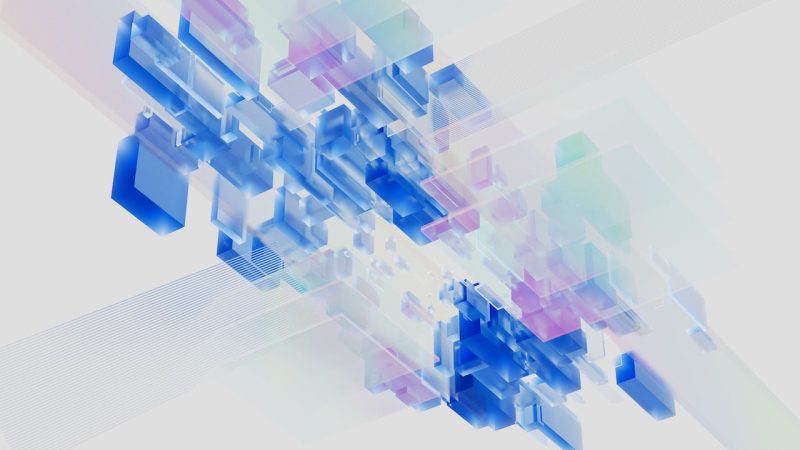
Transparent Materials: A Window into Realism
Crafting transparent materials, such as glass or clear plastic, requires a nuanced understanding of how light interacts with surfaces. Utilizing opacity maps, artists can control which parts of a 3D model are transparent and to what degree, ensuring that they can simulate a wide array of transparent materials with varying levels of clarity and light refraction, thereby enhancing the realism and visual complexity of 3D scenes.
Metalness Maps: Distinguishing Metal from Non-Metal Surfaces
In the realm of Physically Based Rendering (PBR), metalness maps emerge as a key player, defining which parts of a 3D model should exhibit metallic properties. By distinguishing between metal and non-metal surfaces, metalness maps influence how light interacts with different parts of metal maps in the model, ensuring that metallic areas reflect light in a manner consistent with real-world metals.
Displacement Maps: A Step Towards Tangible Realism
Displacement maps go a step further than normal maps, altering the actual geometry of the 3D models to create visible, tangible depth details in the texture, on the surface of the transparent object. This ensures that the models exhibit genuine depth and detail, providing a level of realism that is especially evident when models are viewed from different angles.
Exploring Different Texture Maps in 3D Rendering
Different texture maps, each serving a unique purpose, come together to create visually stunning and realistic 3D models. From specular maps, which control the shininess and reflectivity of models, to opacity maps, which manage the transparency of different parts, each type of map plays its own specific role in rendering 3D models. The collective application of different texture maps ensures that the models are not only visually appealing, but also interact with light and the environment in a believable manner, and bridge the gap between virtual and real-world visuals.
As technology and rendering techniques continue to evolve, the application and development of texture maps will undoubtedly remain at the forefront of 3D graphics, continually pushing the boundaries of what is visually and virtually possible.
Experience the realism of SEDDI Textura’s texture maps for digital fabrics now by starting your free trial.

